Summary
- Final Fantasy has reinvented itself with innovations like the ATB system and voice acting, shaping the future of the franchise.
- Games like Tactics and 11 introduced new gameplay mechanics and worlds that influenced the entire series.
- Titles such as FF7 embraced 3D graphics, voice-overs, and complex themes, setting new standards for JRPGs.
If any video game franchise has proven itself to be open to change, it’s Final Fantasy. The long-running JRPG series from Square-Enix has reinvented itself numerous times, changing with the times and often innovating with new technology that the rest of the genre has to keep pace with. And, with the number of Final Fantasy games that exist, it stands to reason that a few of them have altered the course of the franchise in some pretty significant ways.
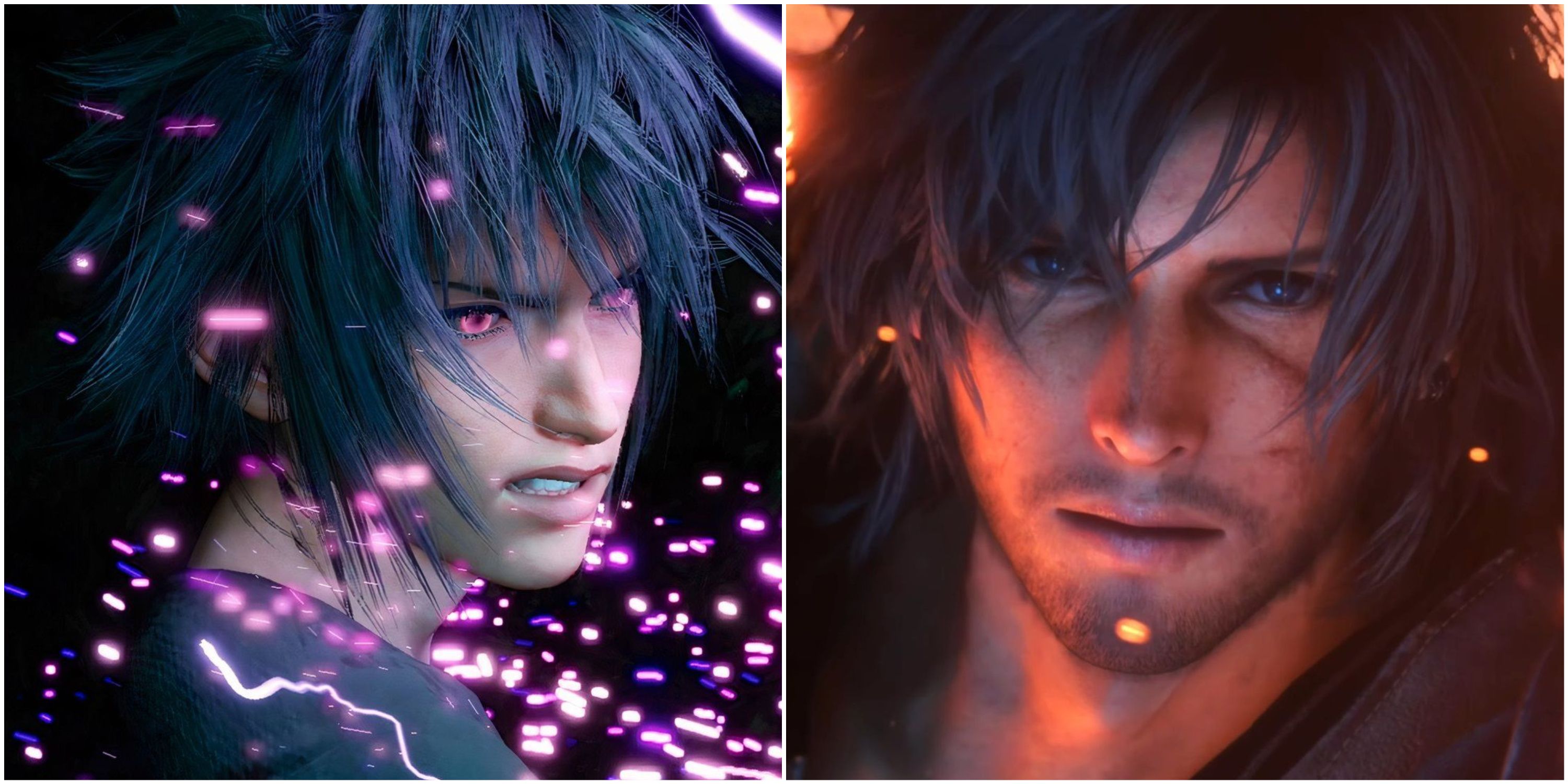
Related
8 Most Controversial Final Fantasy Games, Ranked
Final Fantasy is a beloved series, but some entries in the series have met with divided reactions from fans.
Whether it was the introduction of a new battle system or a change in perspective, Final Fantasy has done it all and seen it all. Some of its most popular entries were the ones that changed the direction of the series, as they would have a long-standing impact — not just on the future of Final Fantasy, but they would also go on to influence the rest of the JRPG genre. These were important games to the Final Fantasy series, as their innovations came in many forms, all of them changing what Square would do with the series moving forward.
6
Final Fantasy 4
The Introduction Of The Active-Time Battle System
Following the first Final Fantasy game, the second game remained without a Western translation until 2003, while the third entry didn’t get localized until 2021 with the Pixel Remaster series. As a result, Final Fantasy 4 was released in North America as FF2 and took full advantage of Nintendo’s next-gen hardware. With massively improved sprite art and music, Final Fantasy 4 remains one of the most important releases in the history of the franchise. One of its biggest contributions was the Active-Time Battle system, which was created by designer Hiroyuki Ito, who would later go on to direct multiple Final Fantasy games.
The ATB system was influenced by Ito watching F1 racing, which inspired his vision of battles where speed and agility affected a character’s ability to attack. This revolutionary system would influence the series significantly moving forward, as it would become the standard for the franchise. FF4 also explored some dark, complex themes, which was new for a series that had cut its teeth on traditional fantasy narratives. Its commitment to a larger, more involved narrative was crucial to the rest of the series, as every Final Fantasy game following this would adhere to the same principles.
5
Final Fantasy Tactics
The Debut Of Ivalice
Wanting to expand Final Fantasy into other genres, creator Hironobu Sakaguchi was a huge fan of strategy RPGs and wanted to see the franchise explore a new style of play. But, due to his commitment to the mainline games, he found himself unable to get the project off the ground, handing the reigns over to Yasumi Matsuno. With his own unique vision at the ready, Matsuno conceived Final Fantasy Tactics, which took place in the kingdom of Ivalice, a location that would become a major location in the series.
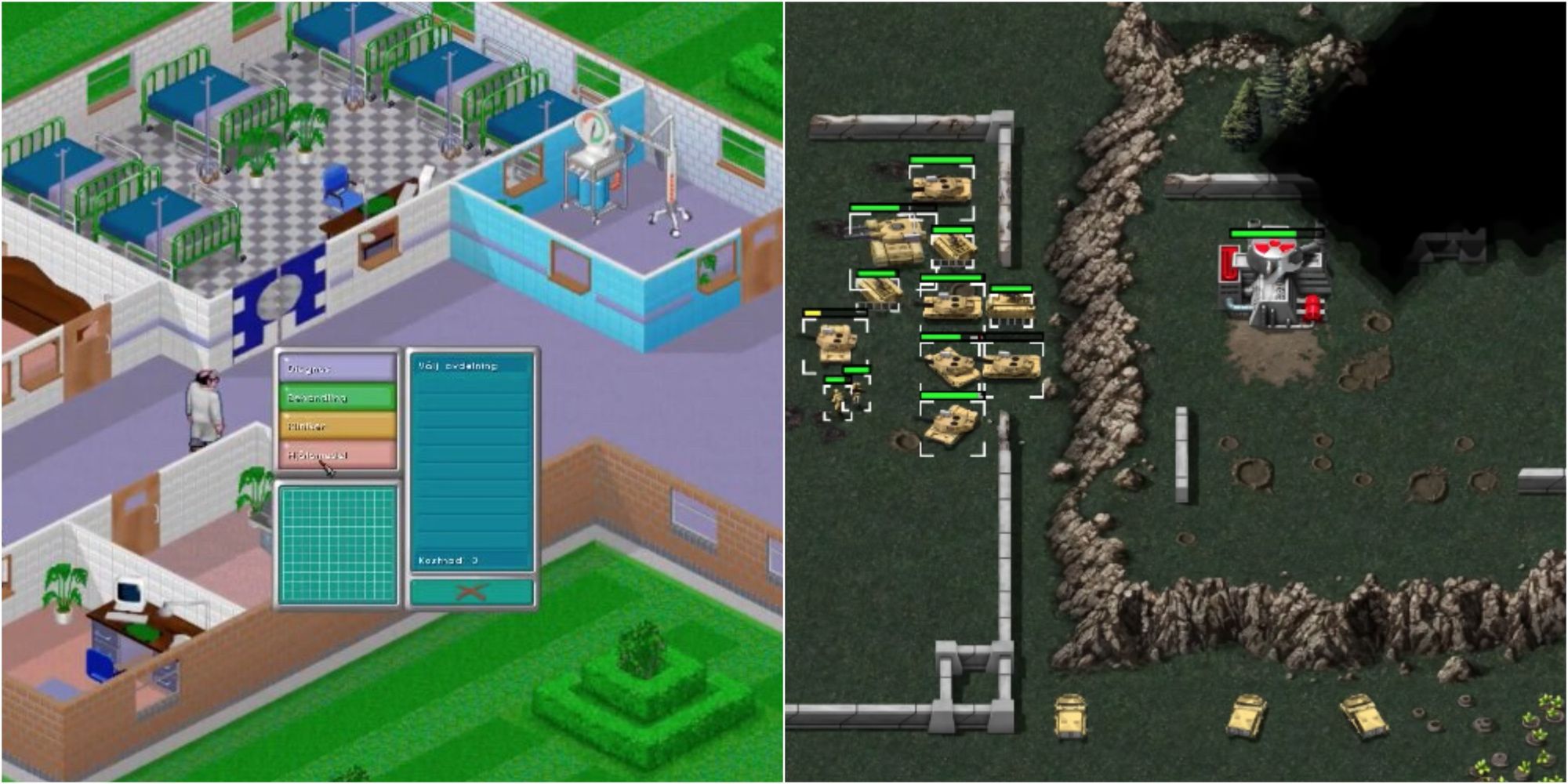
Related
6 Best PS1 Strategy Games, Ranked
From a spin-off that surpassed everyone’s expectations to a game that would kick off a legendary series, these are the best PS1 strategy titles.
The creation of Ivalice and its larger world would go on to influence the series in some huge ways, as it would inform the direction of both spin-off titles and mainline entries. Games like Vagrant Story and Final Fantasy 14: Stormblood would continue the saga of Ivalice, while the Tactics franchise would also take place exclusively in the far-off kingdom. The creation of Ivalice and Tactics would also influence the creation of Final Fantasy 12, which would further explore the kingdom and deepen its already complex mythology. It was the first time Square started to examine the concept of spin-off worlds, which would later significantly influence the rest of the franchise.
4
Final Fantasy 10
The First Fully 3D Final Fantasy Game Introduces Voice Acting
Throughout its first nine entries, Final Fantasy was a 2D franchise with no voice-overs. Even though the PS1 games used polygonal models over 2D backgrounds, they were still not entirely 3D, as the technology was simply not there. And, no matter how talented the team at Square was, the hardware could only do so much — that all changed when Sony released the PlayStation 2 in 2000. With the power of the PS2, Square was able to take their franchise to the next level, and their first effort proved to be a game-changer for the series.
With Final Fantasy 10, Square squeezed every ounce of power out of the PS2, crafting an inviting 3D world influenced by Polynesian mythology. Square also introduced voice-overs, as the main party was able to speak for the first time in the series, and every mainline entry would follow suit. It was a massive achievement, all a part of Square’s ability to produce a high-quality JRPG with outstanding production values and a unique world within a few years. Final Fantasy 10 was hugely important to the franchise, as it defined Square’s design philosophy for years to come.
3
Final Fantasy 12
MMO Systems Meet Final Fantasy For The First Time
- Released
-
October 31, 2006
The fourth game to take place in the Ivalice Alliance series, Final Fantasy 12 came at an interesting time in the franchise. Following Final Fantasy 10, Square opted to make the eleventh entry an MMO, which would lead to a five-year gap between mainline entries, the longest in the series to that point. With Final Fantasy 12, which started development in the year 2000, Square was already looking to change up the series in some pretty big ways.
Their first step was getting rid of random encounters, resulting in enemies and monsters roaming the field, then engaging with the player once contact was made. This massive change to the way Final Fantasy handles combat was crucial, as it would ultimately become the standard for the franchise moving forward. It also introduced a real-time combat system, which was heavily influenced by MMOs and action games. Final Fantasy 12’s unique art direction and radically different combat and design philosophy would go on to massively influence the rest of the series, as real-time battles would become the default moving forward.
2
Final Fantasy 11
Final Fantasy Goes Online For The First Time Ever
- Released
-
October 28, 2003
- Developer(s)
-
Square Enix
- Publisher(s)
-
Square Enix
, Sony Computer Entertainment
It’s safe to say that the PS2 was where many console gamers first started playing games online, as Sony introduced the PlayStation 2 Network Adapter in 2002, powering online experiences in games like SOCOM and Resident Evil Outbreak. Wanting to produce an MMO that they had seen Western audiences flock to, the team opted to take Final Fantasy 11 in the same direction, releasing a bundle that came equipped with a 40gb hard drive and a 30-day free trial of PlayOnline, Square’s subscription service for playing the game.
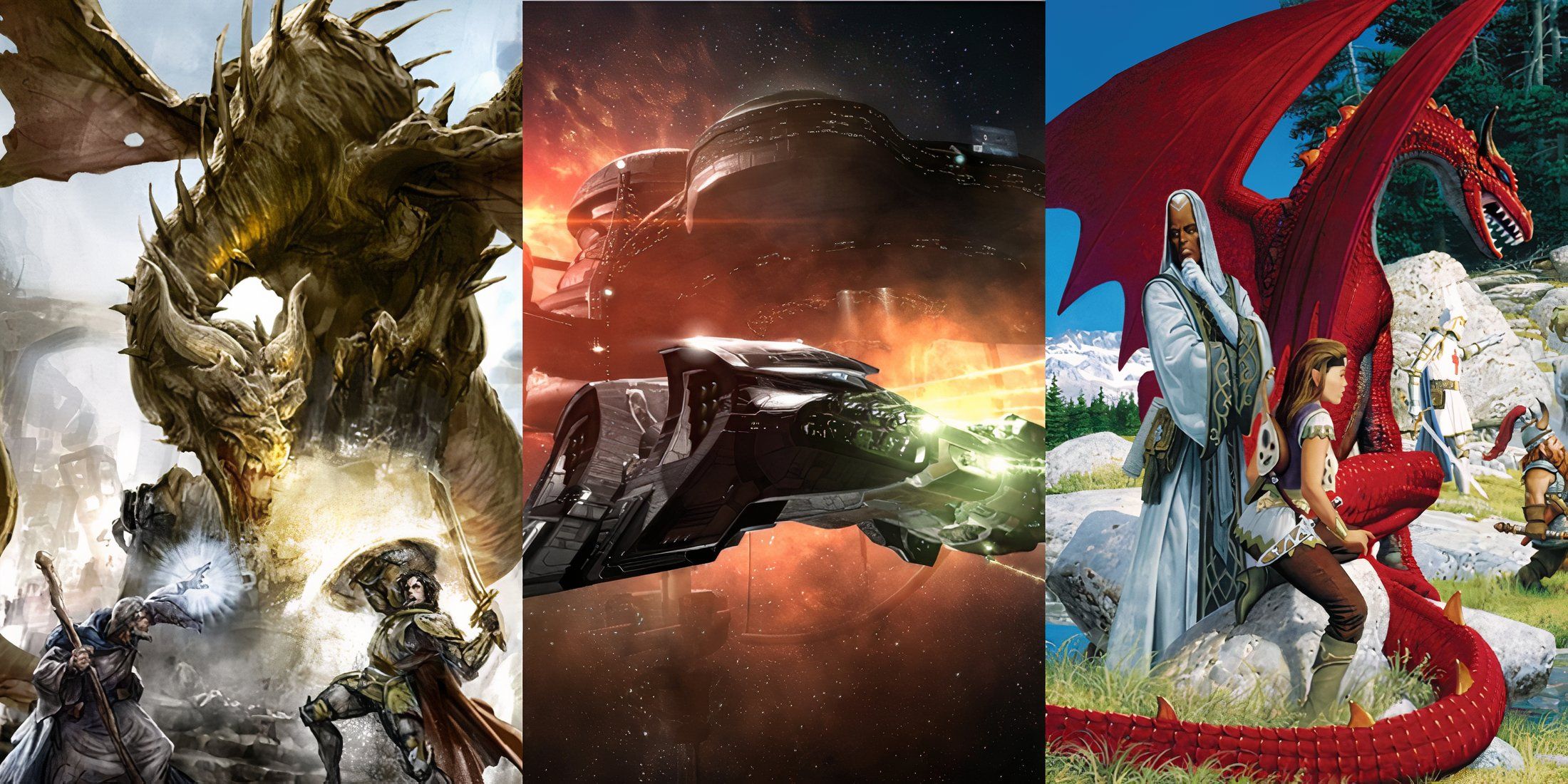
Related
8 MMO Games That Were Ahead Of Their Time
These classic MMOs in many ways were ahead of their time, introducing (or perfecting) mechanics that have only increased in popularity since.
Final Fantasy XI’s real-time combat system would later influence the direction of FF12, creating a chain of events that would lead Square to abandon turn-based systems for the foreseeable future. Other Square franchises like Dragon Quest and Octopath Traveler would continue the turn-based traditions, but the mainline Final Fantasy games would be forever changed by 11’s new systems. The success of their new venture would also convince Square that MMOs were a viable option, resulting in the creation of Final Fantasy 14 Online. Square’s exploration of MMOs was crucial to their next steps, as it opened the company up to exploring even more genres, using their talented teams to power the next generation of Final Fantasy.
1
Final Fantasy 7
Square Makes Bold New Steps In Final Fantasy’s Most Important Game
Over the course of two Nintendo console generations, Square positioned Final Fantasy as one of the preeminent JRPG franchises on the market, as its outstanding combat systems blended perfectly with the incredible music and pixel art. But, following a dispute with Nintendo over the use of cartridges — Square saw cartridges as outdated tech and wanted to use the newly introduced CD-rom format — the company left their sprites behind and teamed up with Sony to produce Final Fantasy 7 for the PS1. According to various people within Square at the time, Nintendo told them to never come back, resulting in a fractured relationship that didn’t see a reunion until the GameCube era nine years later.
Whatever version of the story is true is unclear, but what became very obvious was that this was a brand-new era for Final Fantasy. Utilizing 3D models superimposed over 2D pre-rendered backgrounds, Final Fantasy 7 was a massive step forward not just for the franchise, but for JRPGs in general. This revolutionary JRPG also abandoned the high-fantasy trappings of the first six entries, opting for a dystopian cyberpunk world, where the mega corporation Shinra was draining the planet of resources. Its themes of death, identity, and rebirth were unlike anything Final Fantasy had explored before, beginning a new chapter for the franchise, where the stories and characters were deeper. It was a Final Fantasy game like no other, as proven by its immense popularity and continued impact on the franchise even today, ~28 years later.
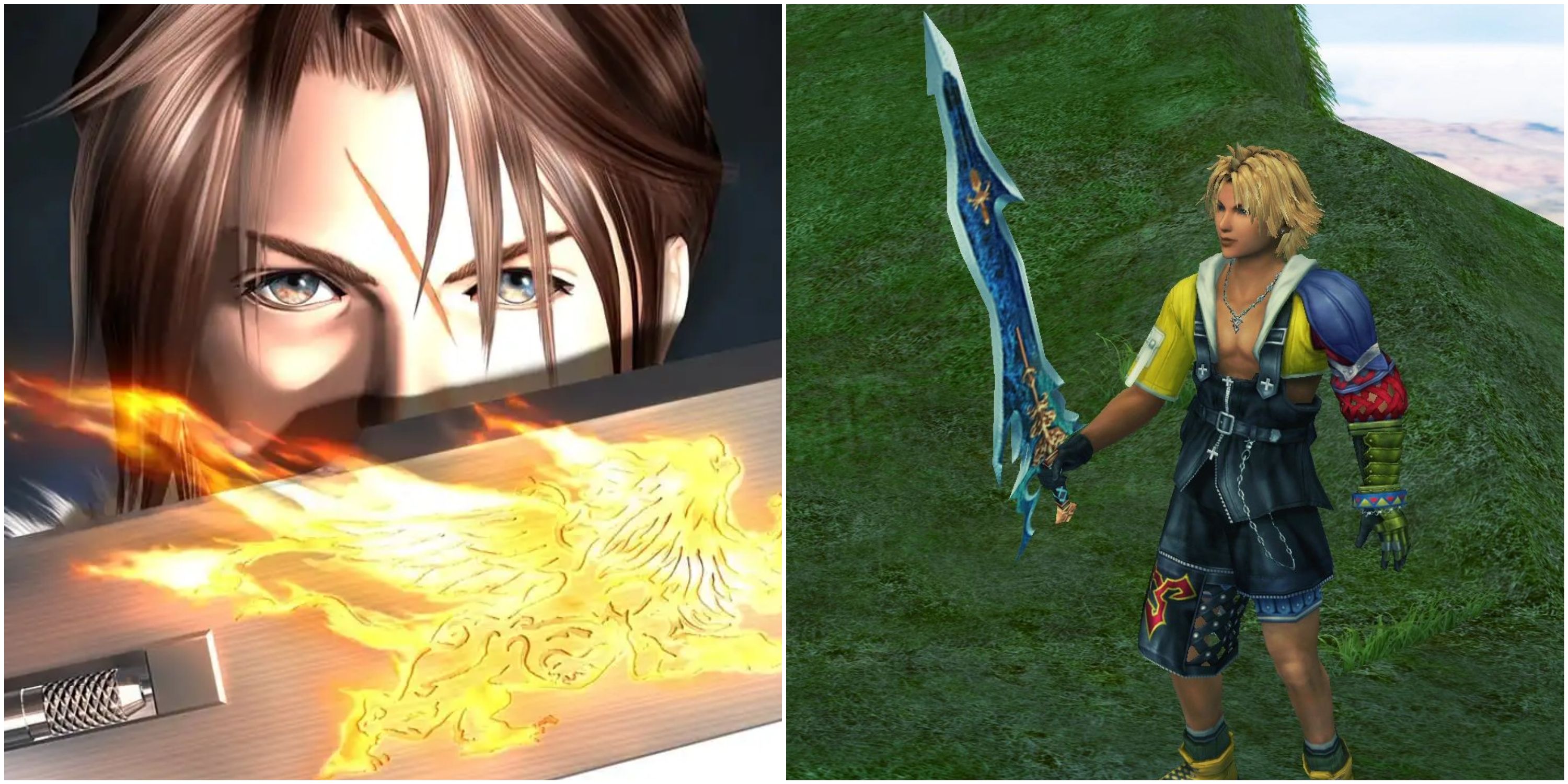
More
8 Best Endgame Weapons In Final Fantasy
Any Final Fantasy veteran will recognize these weapons to be some of the most powerful and iconic endgame weapons in the franchise.
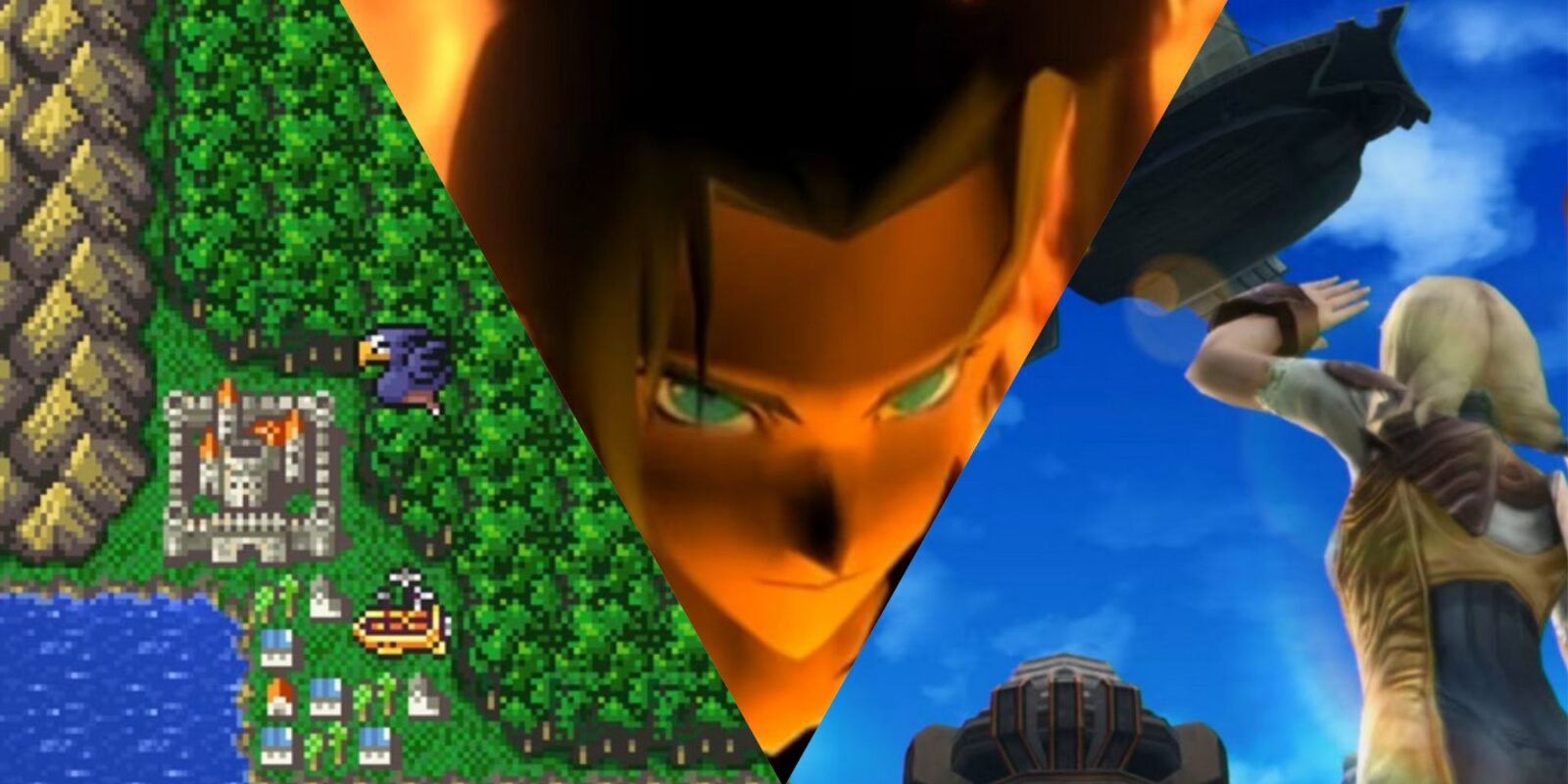





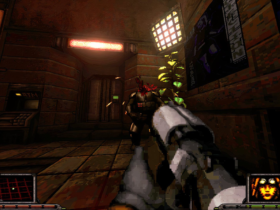



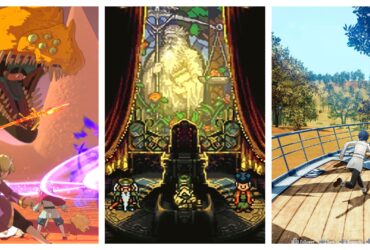


Leave a Reply